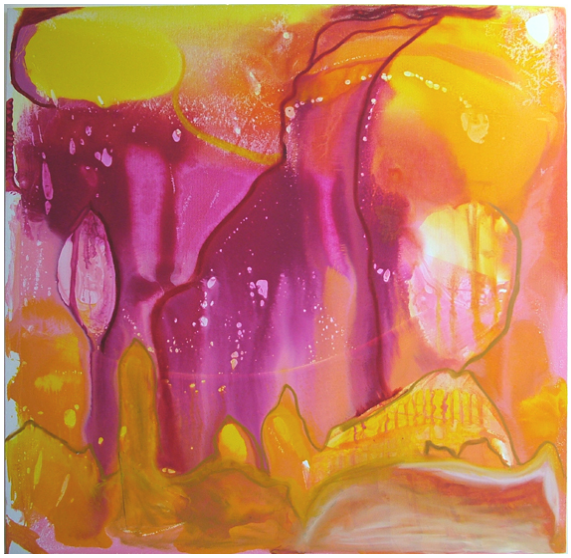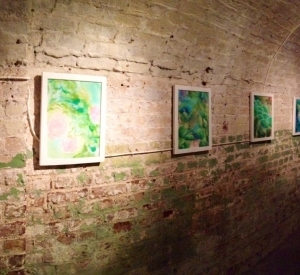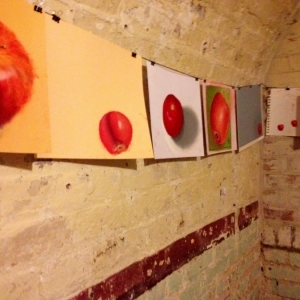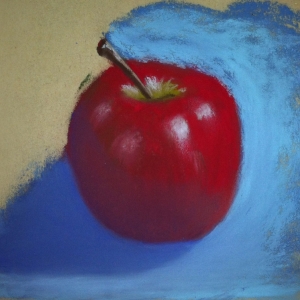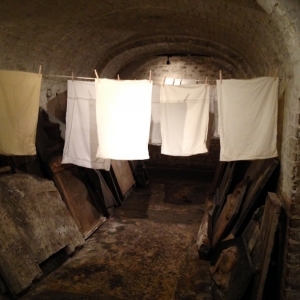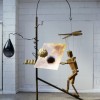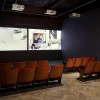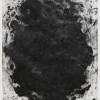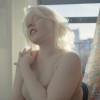They say the church has many secrets and The Crypt is just one of them. Located in the old vaulted tomb beneath St Pancras Church, accessible only by a small iron gate on an adjacent street, The Crypt gallery brings new meaning to the term ‘underground culture’.
Walking down the cobble stairs into a cold, stony cavern, it’s easy to get lost in your own narrative. The main hall of the gallery is an arched tunnel with little nooks and walkways that shoot off in unexpected directions.
Quite fittingly, the artist’s name is Julie Caves. She greeted me warmly as I descended further into the chill of the crypt. Her exhibition, Curiosity: an Art Practice as a Way of Looking exemplifies this kind of juxtaposition, which, for the artist, can be paramount to beauty.
Contrast is not only found in the subject of her works, which focus on the naturally opposing forces of life and death, work and play and nature and synthesis; it is inherent in her craft. Caves directly addresses the space in her artwork but not in a way we would predict. The eerie walkways of The Crypt are transformed into halls of colour, vivacity and life. There is a little room filled with little portraits where Caves has created photographic snapshots with a style that mimics blurred watercolours.
Caves’ visual eloquence is continued in a room full of apples. Her subject, a single red apple, remains unchanged, and yet through the manipulation of composition, aspect, size, colour, brush stroke and style, the nature of the apple is brought into question. What can one single apple mean, aside from an afternoon snack?
The room at the end of the hall is filled with immense, colour-driven canvases. Lacking subject and apparently point, they are striking and energetic in their own right. This room is Caves’ short rationale for the power of juxtaposition.
Other areas are less joyous. Around the corner from a huge, colourful impression of a vagina – the beginning of life – we find Caves’ key installation, the unmistakable representation of death. White pillowcases hang from rows of washing lines while tombstones frame the scene from below. Just when we settle into the colour and life of Caves’ paintings, we are shocked to find death lurking around the corner – another of Caves’ brilliant symbolic impressions.
The work of guest artist H. Locke also deserves special recognition. Utilizing the power of juxtaposition in a different way, Locke offers a monochromatic, geometric interval between Caves’ sharp bursts of colour and texture. Depicting detailed illustrations of houses and buildings in thin black ink on broad white canvases, Locke aptly demonstrates a sincere love of architecture, while drawing on the physical structure of The Crypt itself. All that talk aside, it’s hard not to love these drawings just for what they are – inexplicably beautiful, like the tranquillity of a city skyline.
‘Curiosity’ is the exemplification of where art is. We have long moved on from the rebellious immaturity of modern art movements and into a wiser, more philosophical age. Artists no longer challenge art but question it. What is the difference between a work of art and the art of nature, Caves asks. There is none. With paintings, installation and sculpture, she provides us with impressions of a beauty elsewhere; there is no world beyond art, no secret and separate mode of existence – it’s all around us. It is us.
Nevertheless, the artist has and always will have one responsibility: to take us through a journey of emotions and reactions. ‘Curiosity’ achieves this beautifully. With such a wide array of styles, subjects, mediums, and aims, it’s hard not to find something that resonates with you. Winding in and out of The Crypt’s little walkways and hidden rooms, ‘Curiosity’ leads us on an unexpected journey, just as it does in the world outside the gallery.
